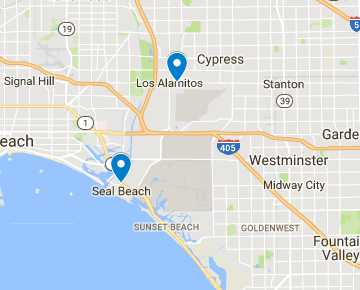What is Metatarsalgia, and How Can You Prevent It?

Do you have severe pain in the balls of your feet that lasts for days? It might be a condition called metatarsalgia, and without proper treatment, it can lead to problems in not only your feet, but also your legs, back, and neck. Here’s what you need to know to treat and prevent this painful condition.
What Is Metatarsalgia?
Metatarsalgia refers to chronic pain and inflammation in the balls of the feet, also known as the metatarsals. It is distinct from normal soreness and tiredness after a long day, and from other similar conditions like Morton’s neuroma.What Are The Symptoms Of Metatarsalgia?
- •Pain in the ball of the foot
- •Numbness or tingling in the toes
- •The sensation of “having a pebble in your shoe”
- •Worsening of these symptoms when walking, running, or flexing the feet, and relief of symptoms when resting
What Are The Causes Of Metatarsalgia?
The exact causes of metatarsalgia are unclear and can vary, but it is generally considered an overuse injury. Metatarsalgia is common among athletes, especially runners.What Are The Risk Factors of Metatarsalgia?
Anyone engaging in intense activity, including athletics and training, should take proper precautions to avoid developing metatarsalgia. In addition to intense activity and overuse, these factors can contribute to developing metatarsalgia:- •Wearing improper footwear (especially during exercise). Shoes with a narrow toe box can aggravate pain and inflammation. High heels can also be a problem.
- •Excess weight. Weight puts pressure on the footbed.
- •High foot arches. These can shift pressure to the metatarsals.
- •Second toe longer than the big toe. This can shift more weight to the second metatarsal.
- •Other foot problems. Hammertoe and bunions add pressure to the foot.
- •Stress fractures. Small breaks in the foot can go undetected, but will cause pain that make you adjust your walking stride and place more pressure on the metatarsals.
- •Inflammatory conditions of the foot. These include arthritis and gout.
- •Morton’s neuroma. This is often mistaken for metatarsalgia. It is a non-cancerous growth of fibrous cells around a nerve, which can add pressure in the foot.





